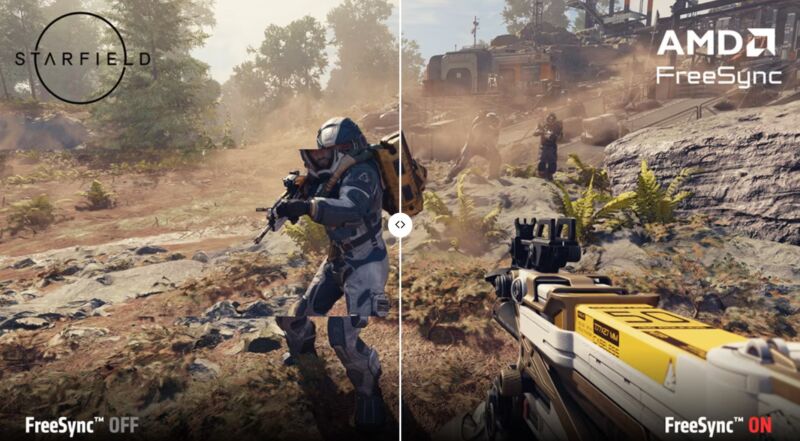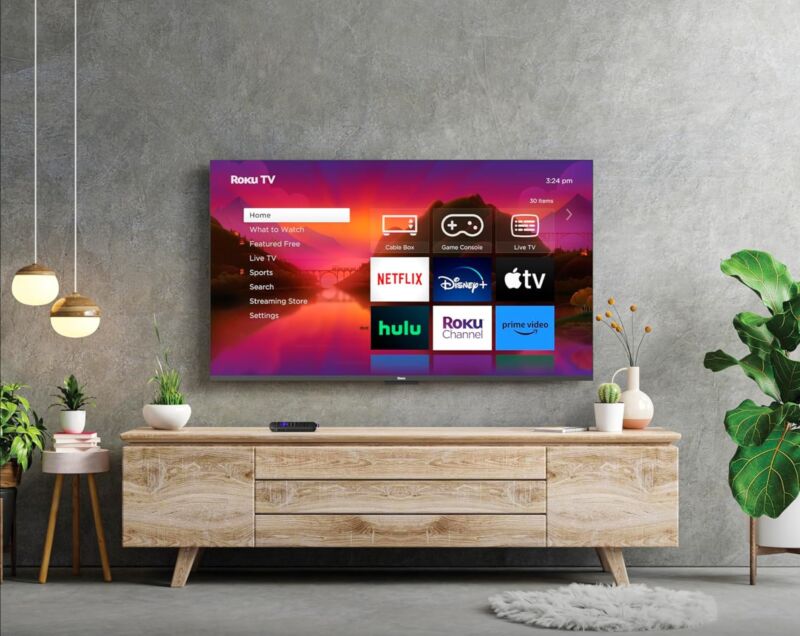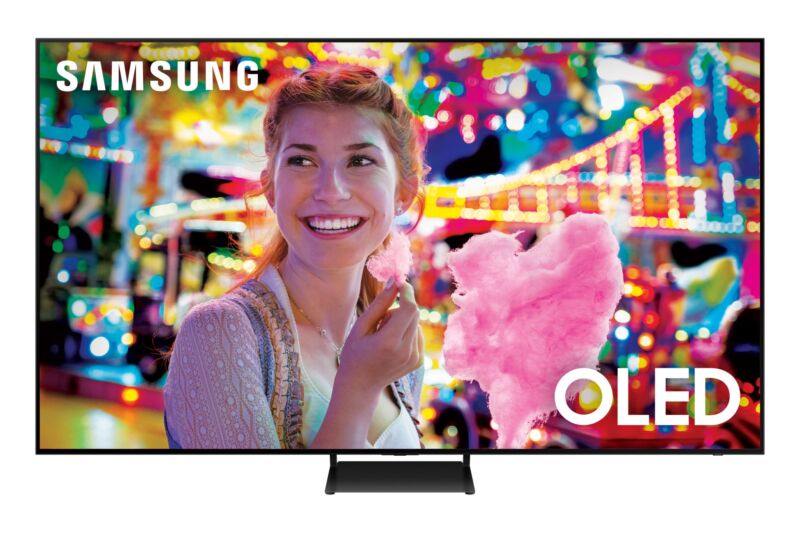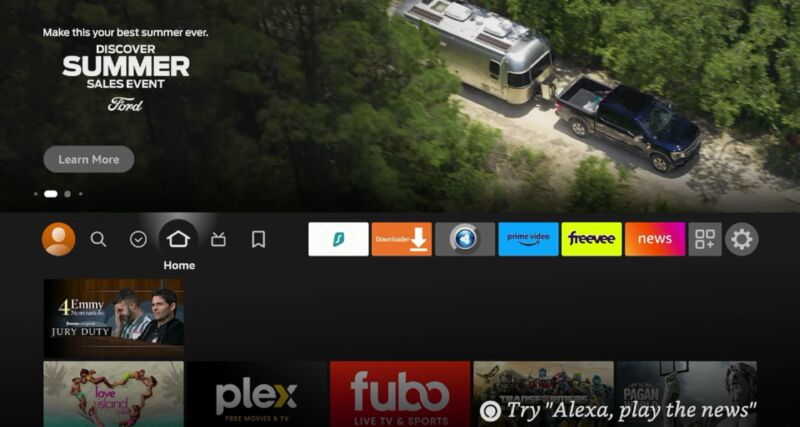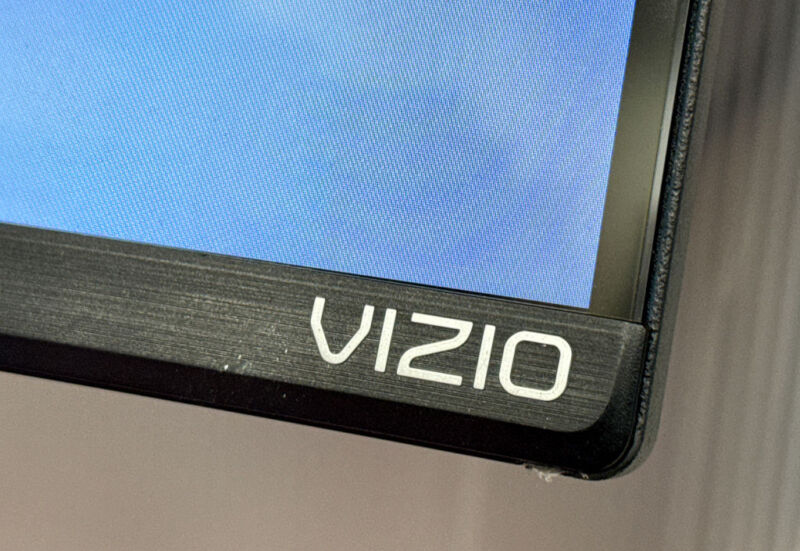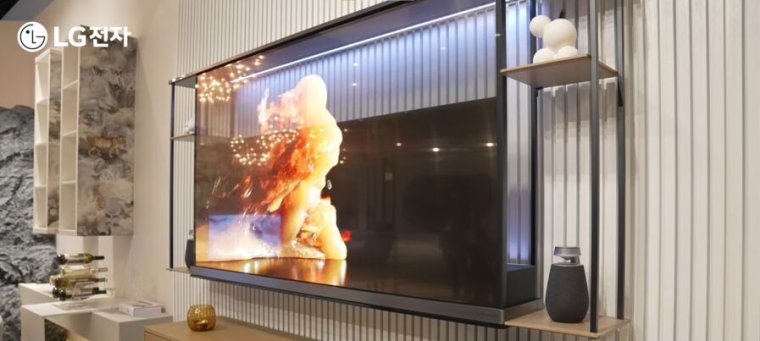-
 chevron_right
chevron_right
Meet QDEL, the backlight-less display tech that could replace OLED in premium TVs
news.movim.eu / ArsTechnica · 3 days ago - 11:00

What comes after OLED?
With OLED-equipped TVs, monitors, and other gadgets slowly becoming more readily available at lower prices, attention is turning to what the next landmark consumer display tech will be.
Micro LED often features in such discussions, but the tech is not expected to start hitting consumer devices until the 2030s . Display makers are also playing with other futuristic ideas, like transparent and foldable screens. But when it comes to technology that could seriously address top user concerns—like image quality , price , and longevity—quantum dots seem the most pertinent at the moment.


